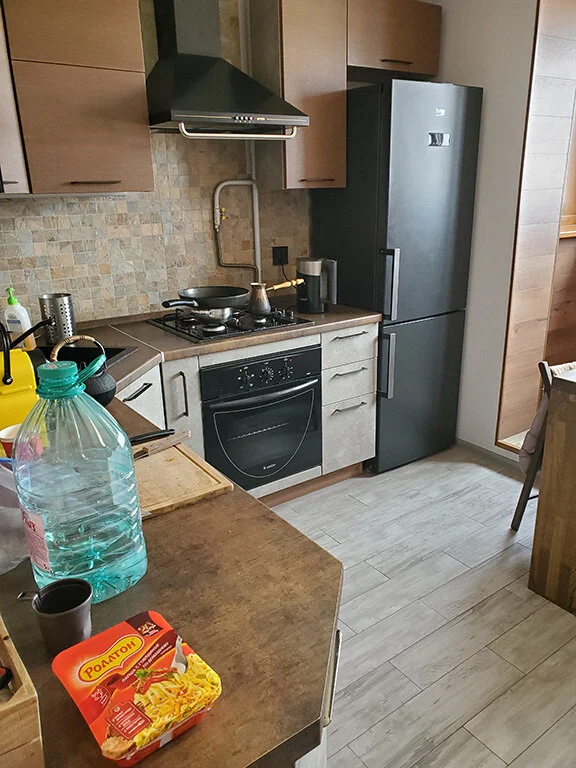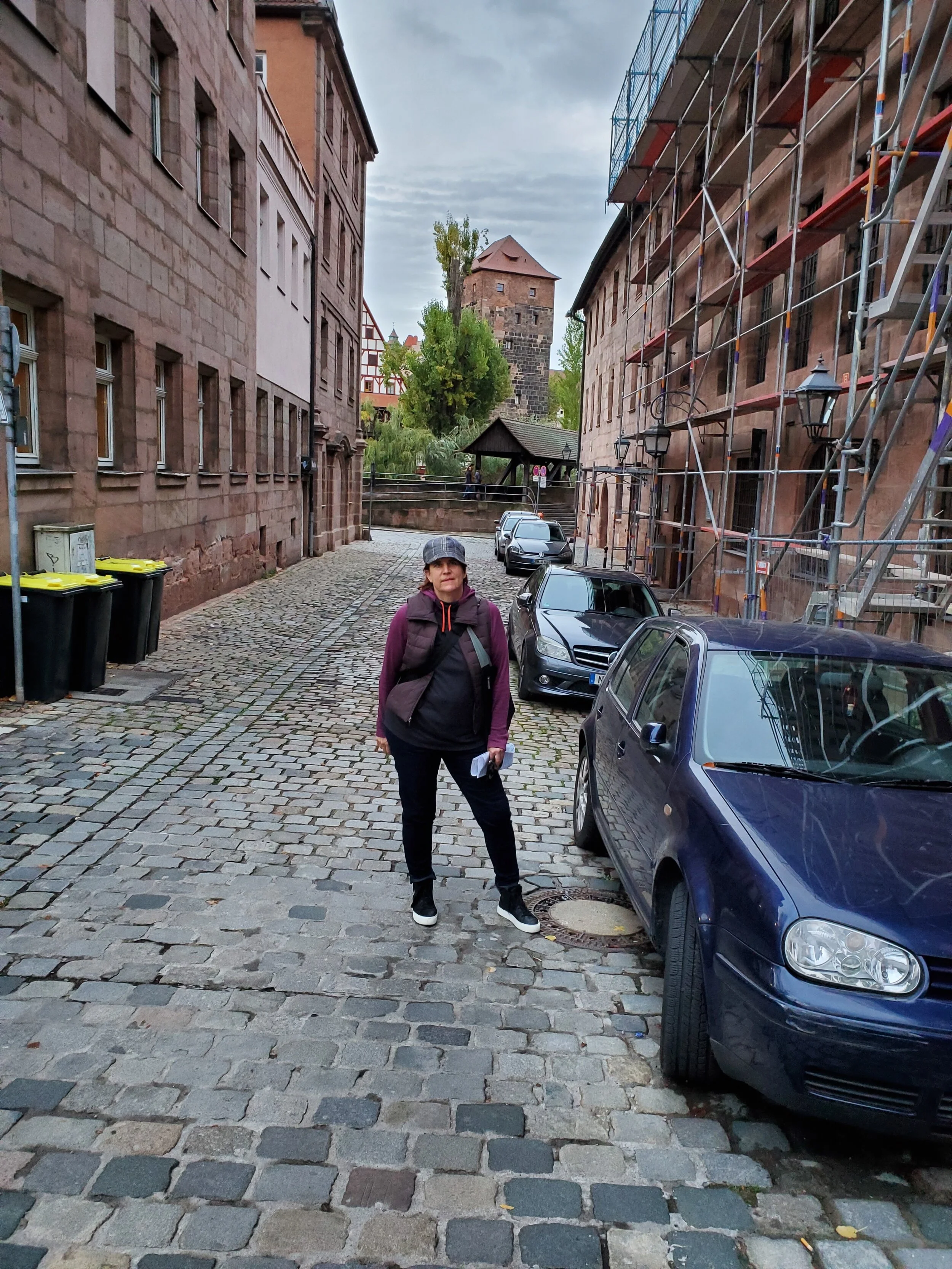[Click on photos to see them bigger!]
Nicole writes:
Bonnie is a fan of a hop-on, hop-off bus, and I am always glad I do it with Bonnie. It’s a great way to get a lay of the land and see places you’d like to go back and visit. Plus we love information and context! The fact that it was pouring rain made the bus a good idea. Our first hop off: the DDR Museum.
DDR stands for Deutsche Demokratische Republik, which American English-speakers call East Germany, officially the German Democratic Republic (GDR). The DDR was a state that existed from 1949 to 1990, when the eastern portion of Germany was part of the Eastern Bloc during the Cold War. Commonly described as a communist state in English usage, it described itself as a socialist "workers' and peasants' state." It consisted of territory that was administered and occupied by Soviet forces at the end of World War II.
The DDR Museum is an award-winning museum: The DDR Museum provides a unique visitor experience, making it one of Berlin’s most popular museums. Engage all of your senses to enjoy an immersive experience of everyday life in the former East Germany. Covering a range of topics based on sound academic research – everyday life, the Berlin Wall, the Stasi and much more – our exhibition encourages its visitors to touch, feel and interact, so as to gain a fun and rich understanding of the past. Explore all aspects of daily life behind the Berlin Wall!
Getting into the DDR Museum made Nicole wonder if the experience of the museum itself was designed to evoke life under communism because there was a long and slow-moving line and the ticket office was woefully understaffed with malfunctioning equipment. [am I reading too much into it? I can’t help but want the meta-experience to be intentional.]
The wait totally paid off! The museum was FASCINATING. The interactive nature of the exhibits made the whole thing come to life. A recreation of a Stasi (secret police) office was haunting—we opened file drawers that lit up with information about the East German secret police and spies. Friends of Nicole’s who grew up in East Germany say they love visiting there because they get to see and touch the objects of their childhoods.
We hopped back on the bus, ate another German dinner, and then visited the remnants of the Berlin Wall and Checkpoint Charlie. “Checkpoint Charlie” (or "Checkpoint C") was the name given by the Western Allies to the best-known Berlin Wall crossing point between East Berlin and West Berlin during the Cold War (1947–1991). Checkpoint Charlie has since become one of Berlin's primary tourist attractions, where some original remnants of the border crossing blend with reconstructed parts, memorial and tourist facilities. The Wall/ Checkpoint Charlie Museum tells the history behind building the Berlin wall, how it was created overnight and in secret in 1961 in order to stop emigration from the Soviet sector to West Germany, and it documents many ways people tried to cross in secret from East Germany to West Germany. Given all of the boisterous wall talk going on in the US, this museum was particularly poignant.
























































































































































































































